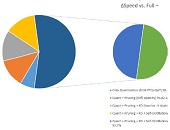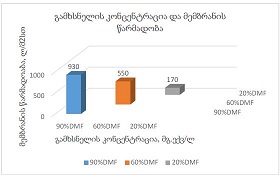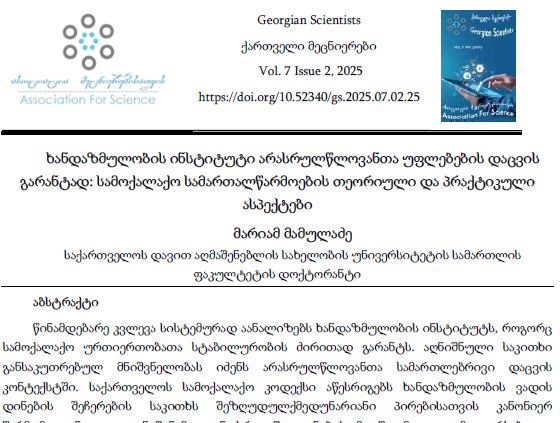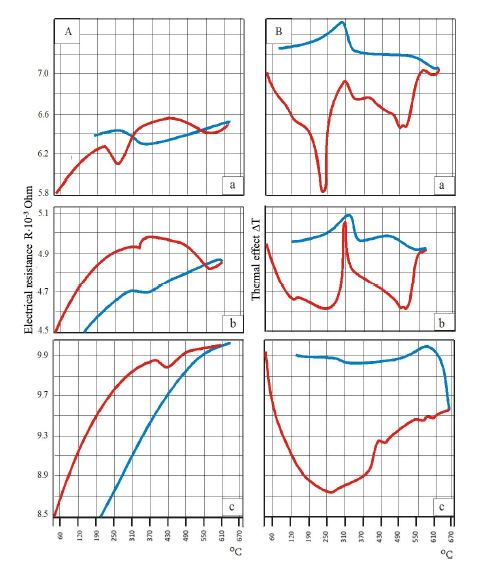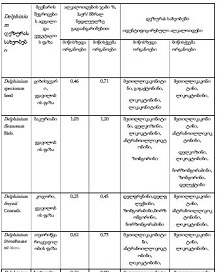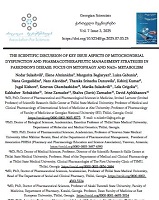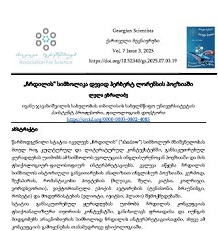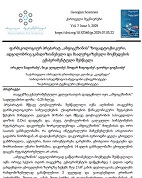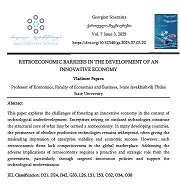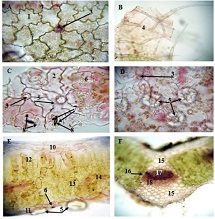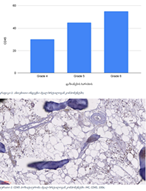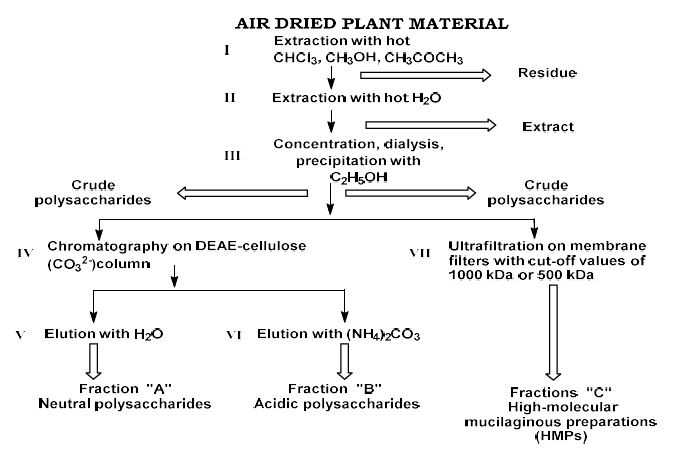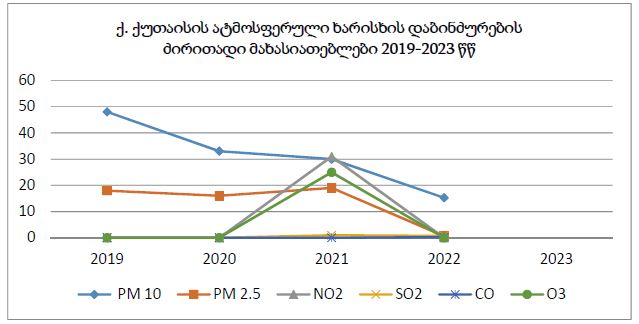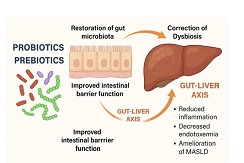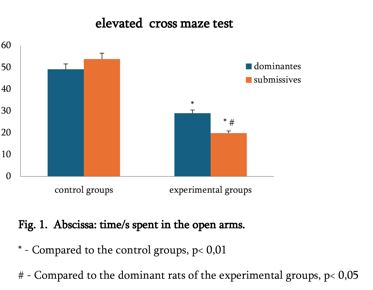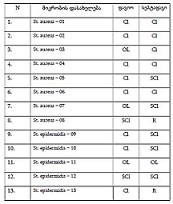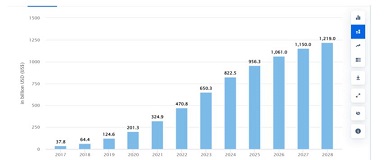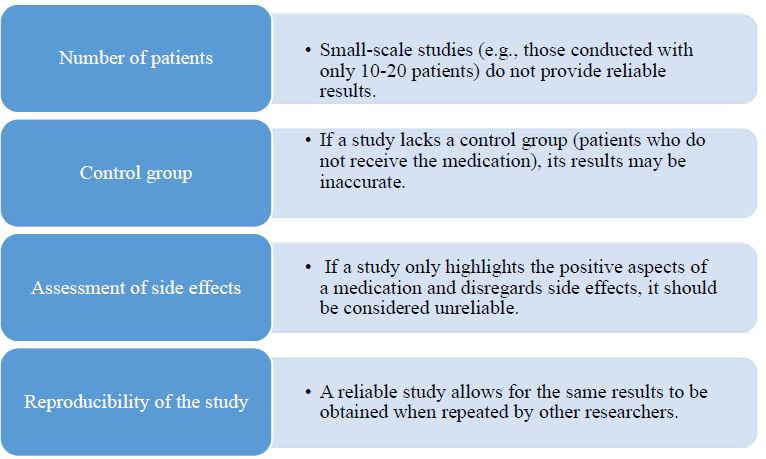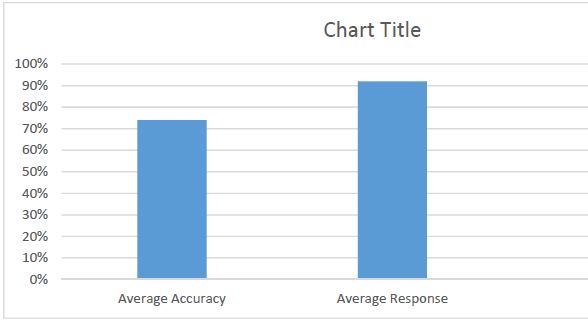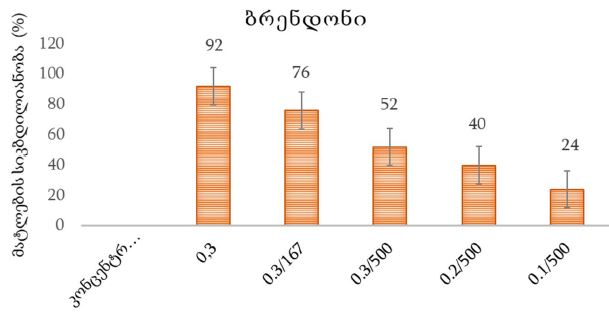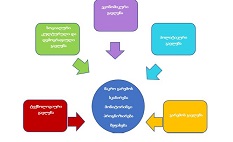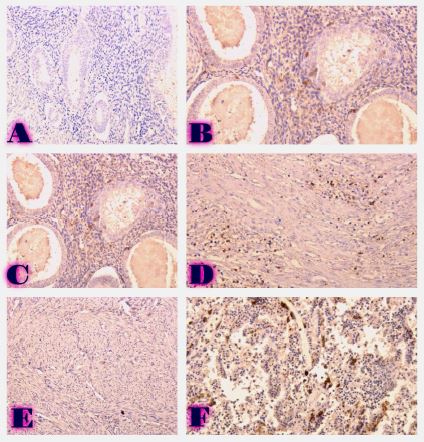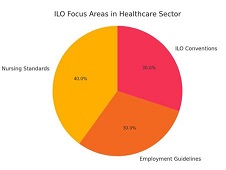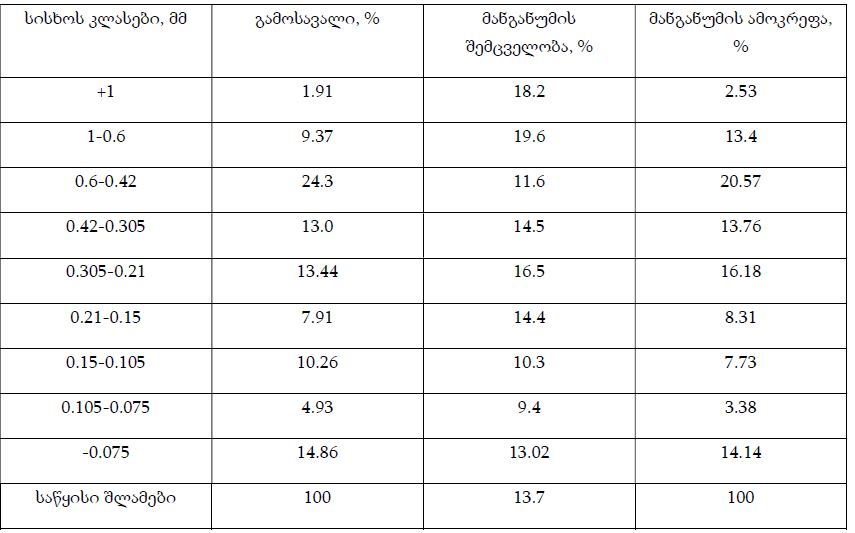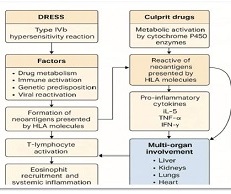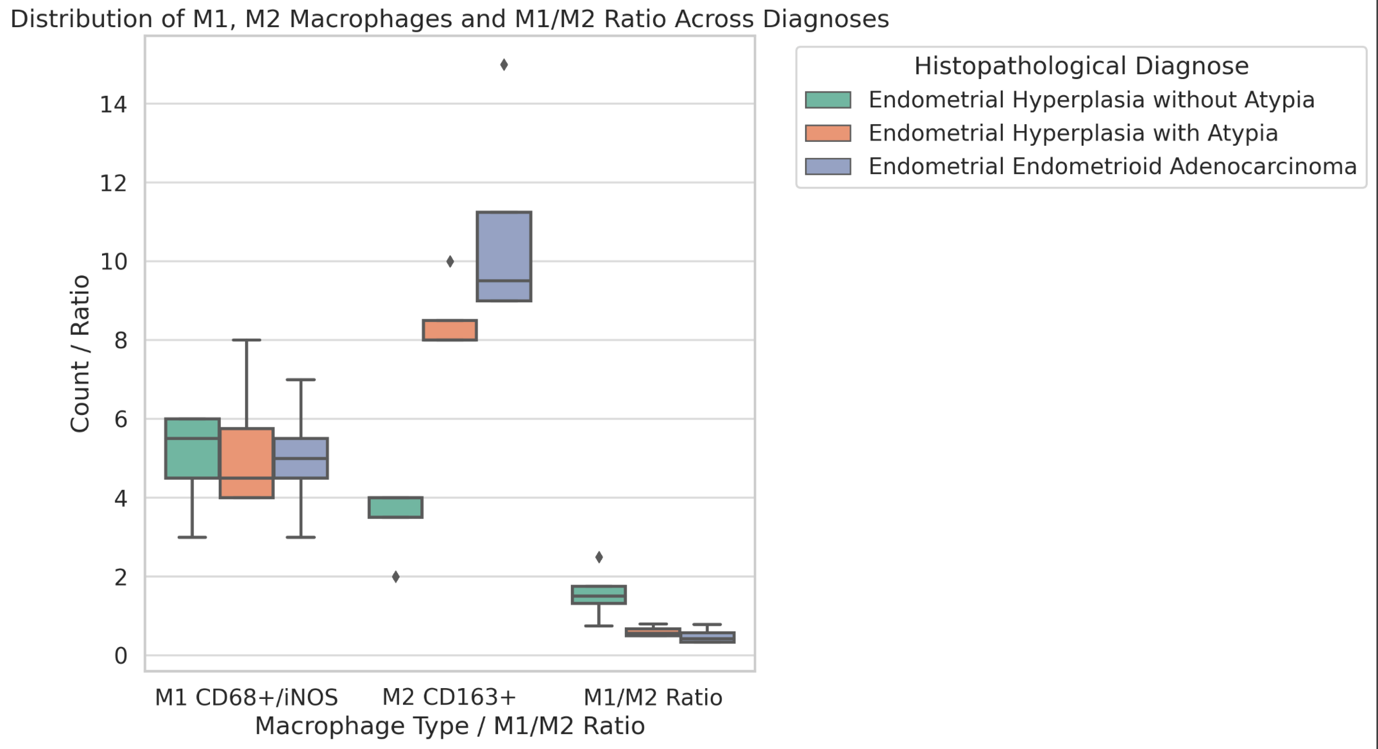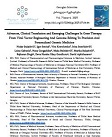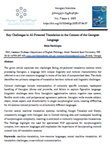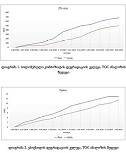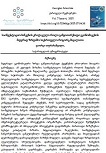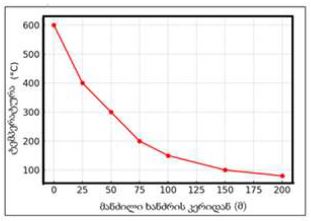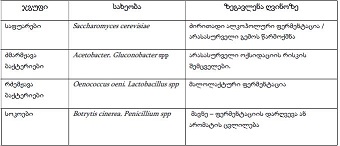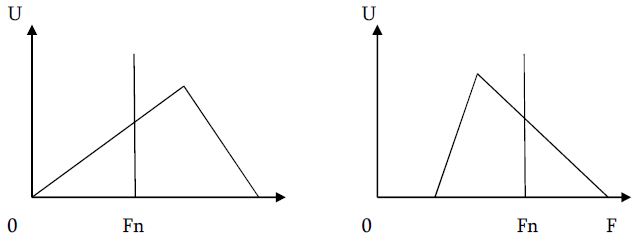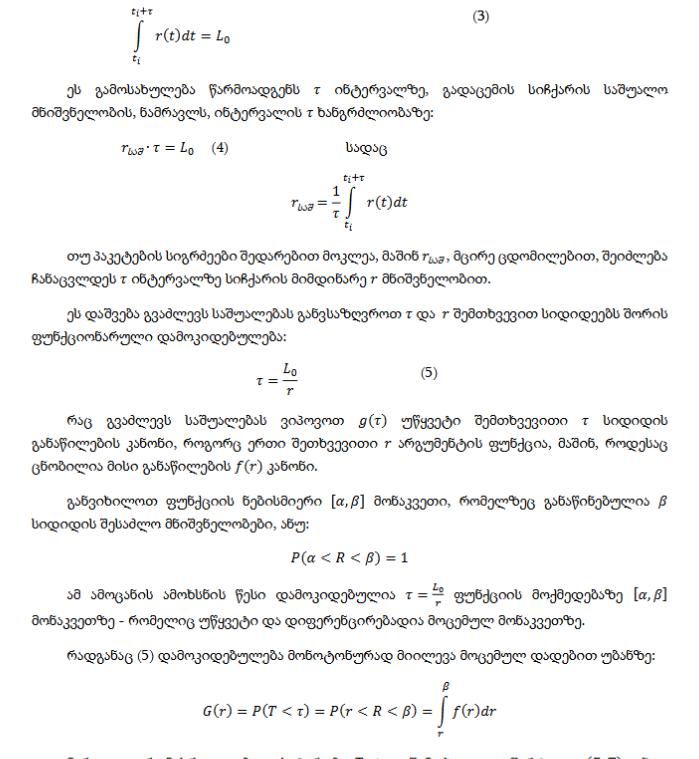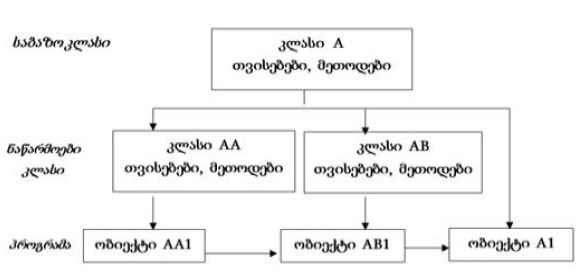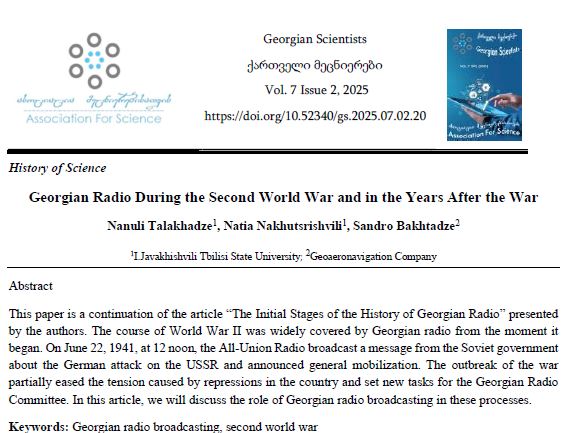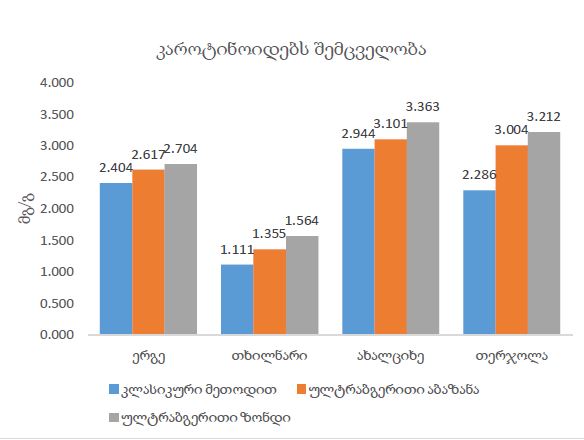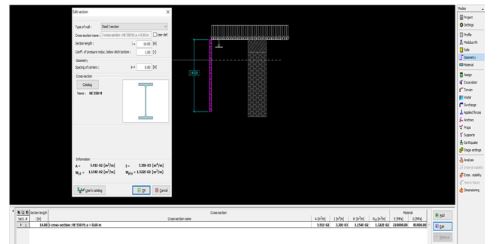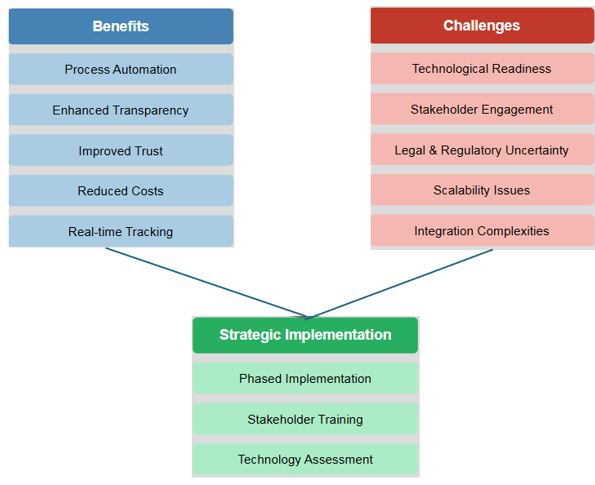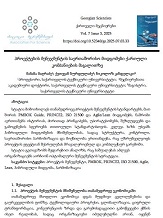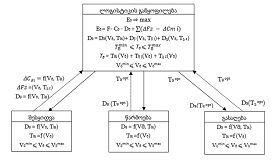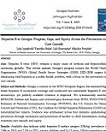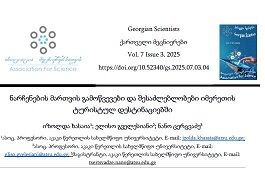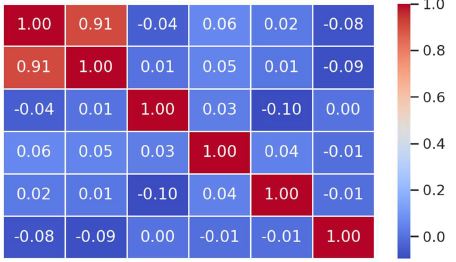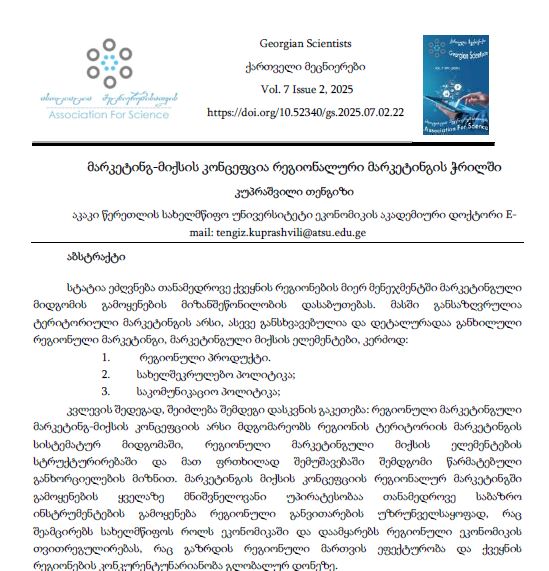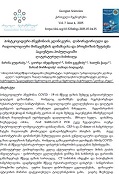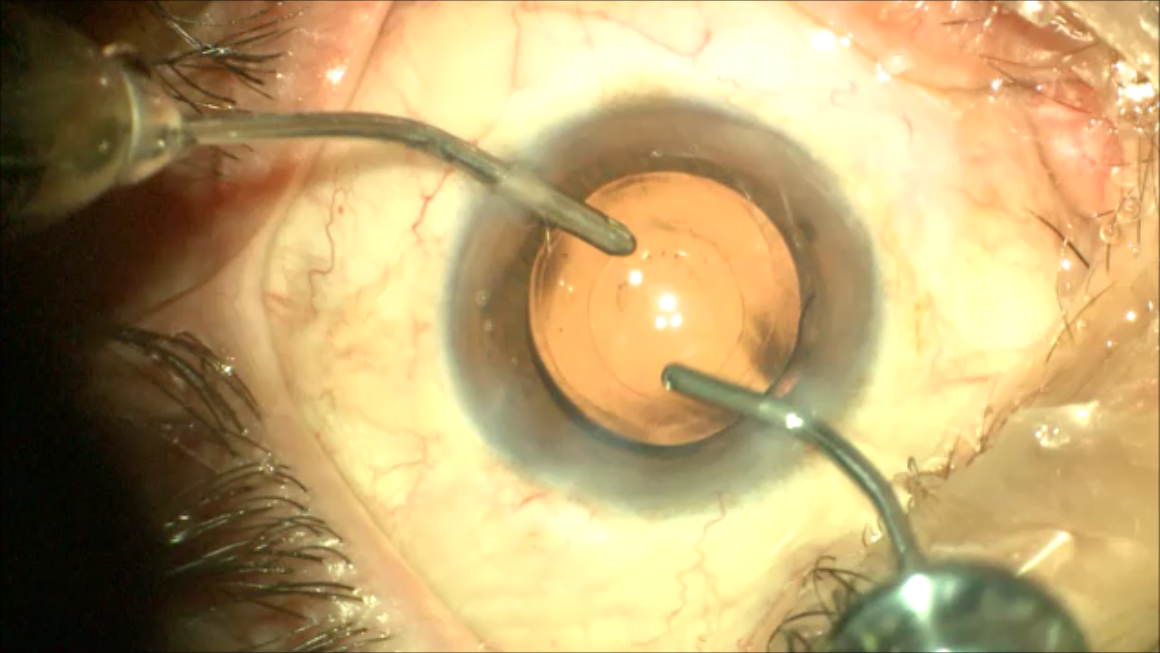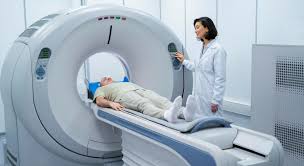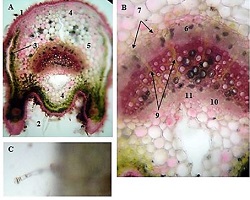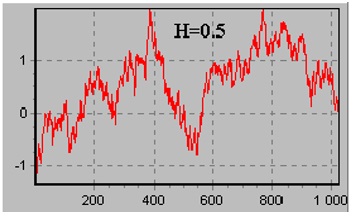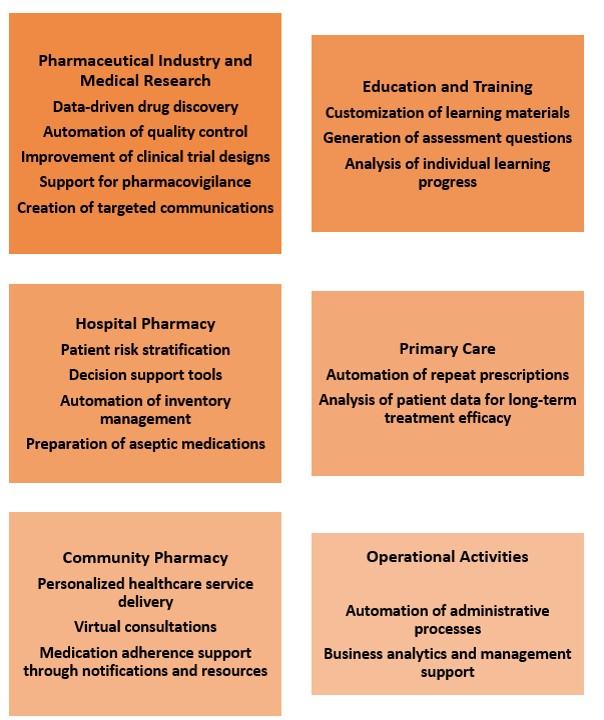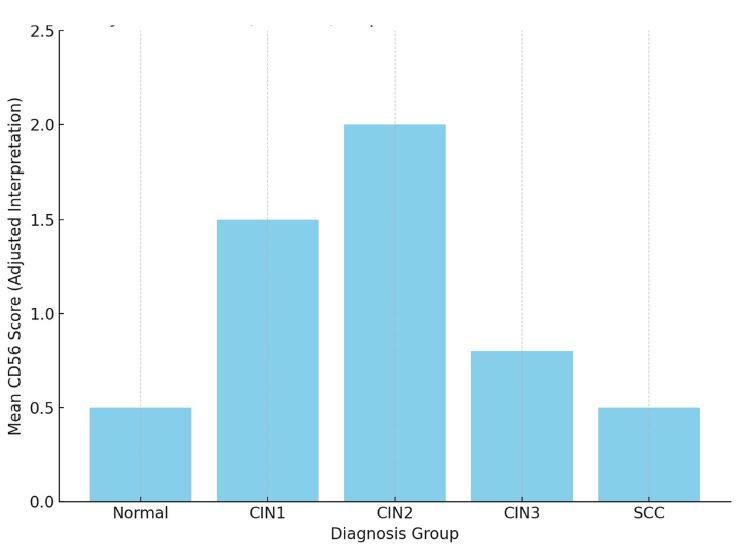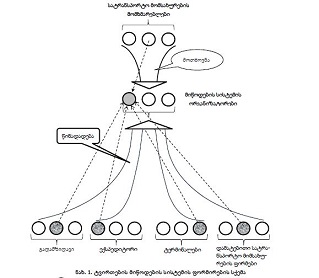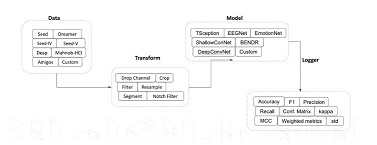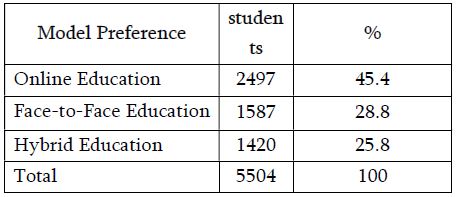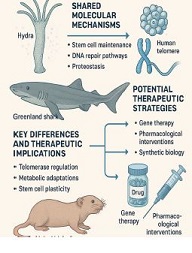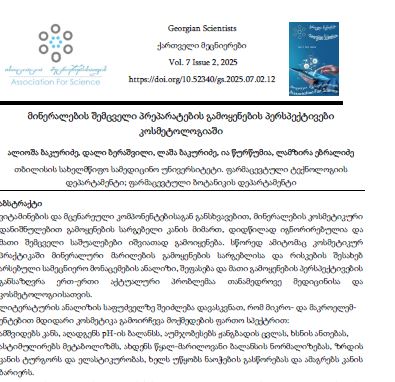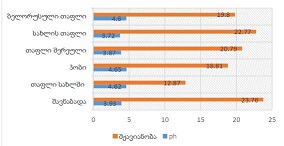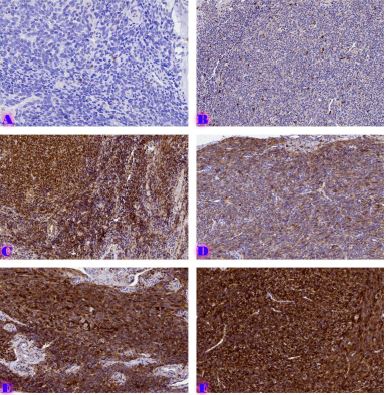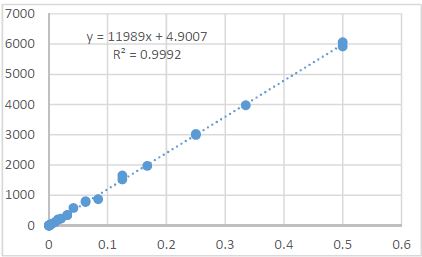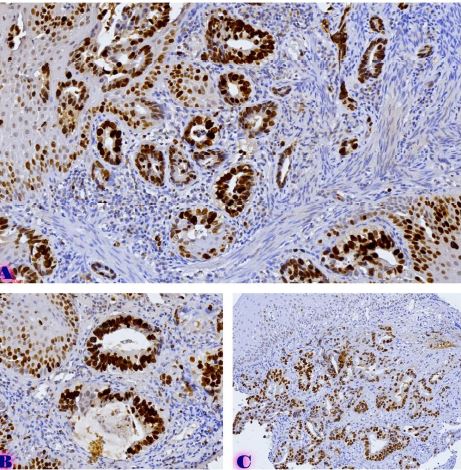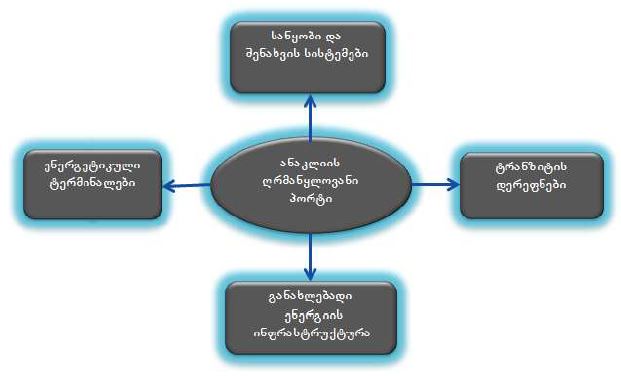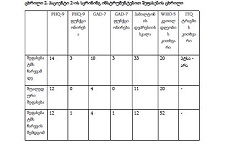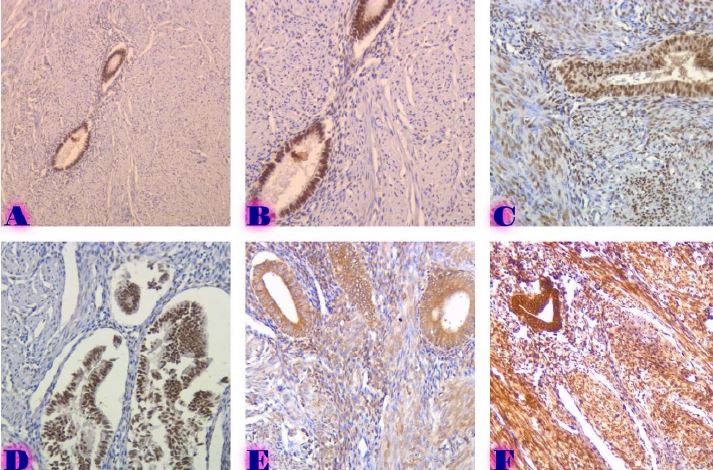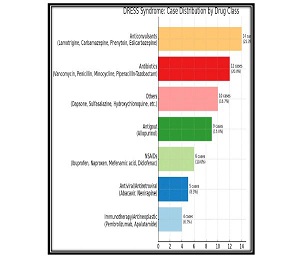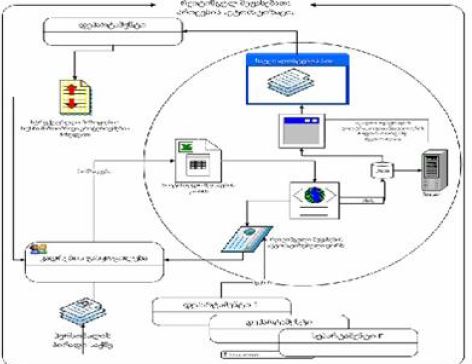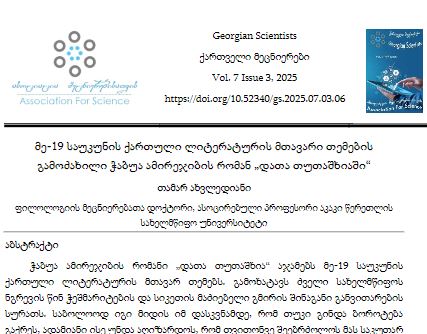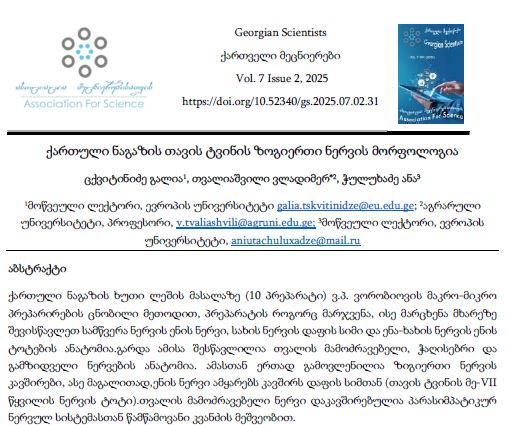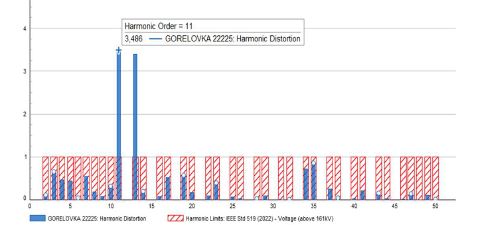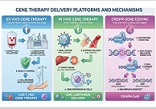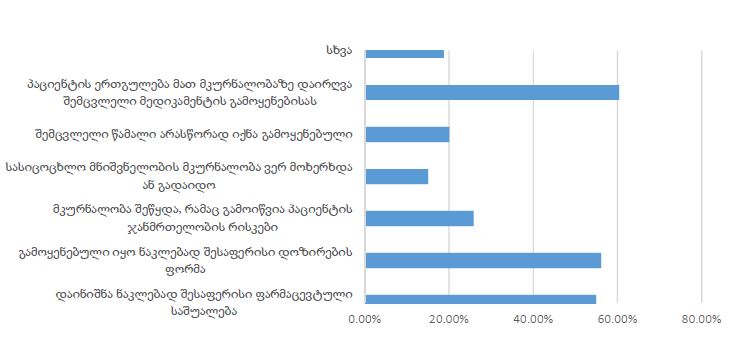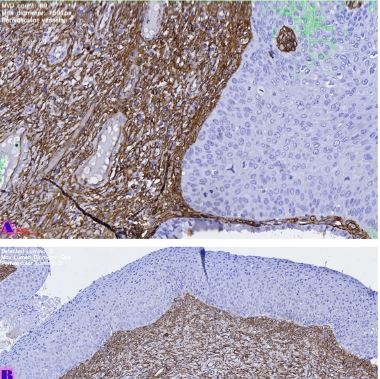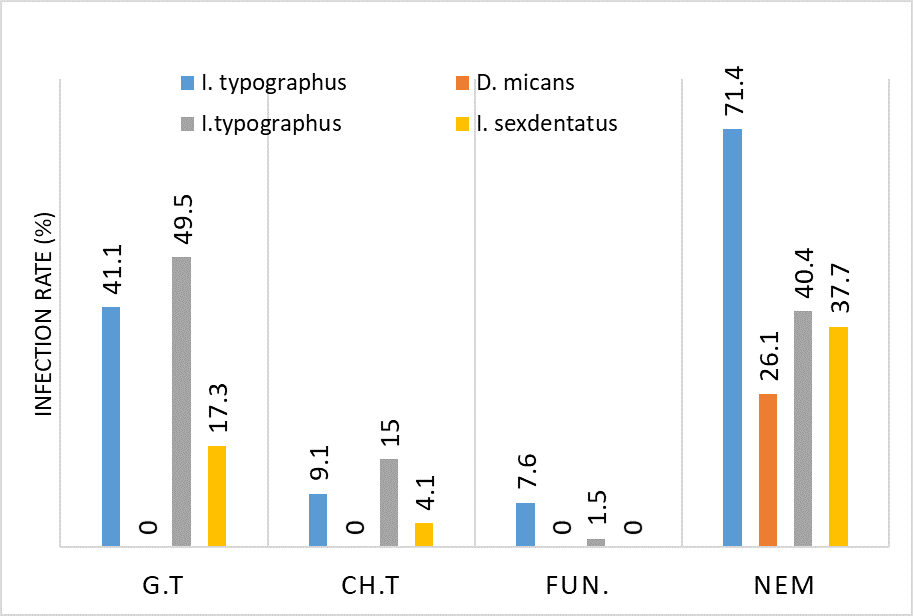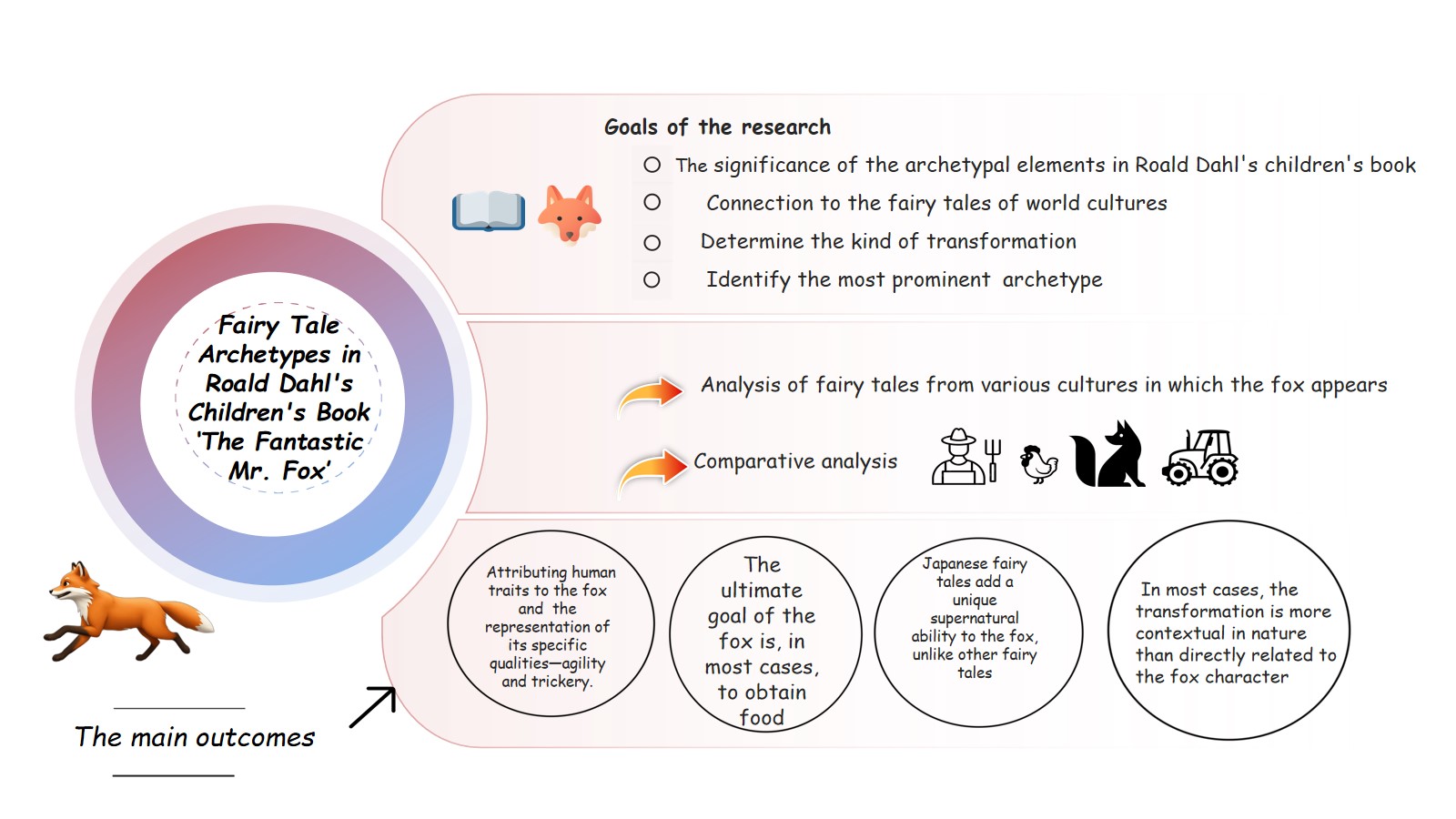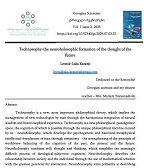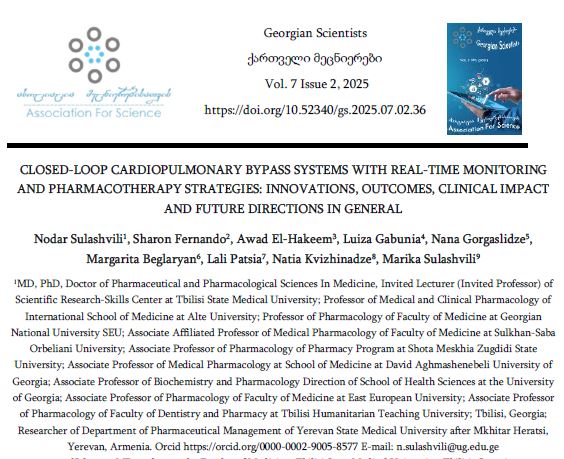EXPLORING THE GUT-BRAIN AXIS: THE ROLE OF THE MICROBIOME IN MODULATING BRAIN FUNCTION AND ITS IMPLICATIONS IN NEURODEGENERATIVE DISORDERS LIKE PARKINSON'S AND ALZHEIMER'S AND PHARMACOTHERAPY TREATMENT STRATEGIES
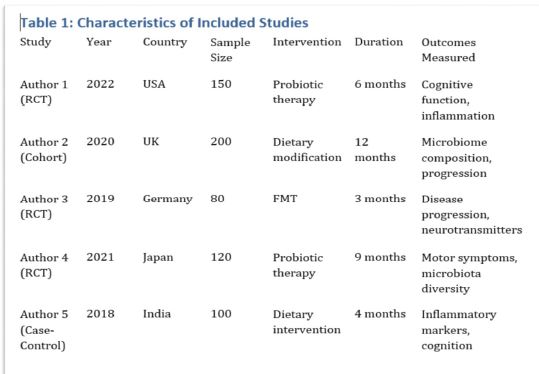
Downloads
The gut-brain axis (GBA) represents a dynamic bidirectional communication network linking the gastrointestinal tract and the central nervous system, with the gut microbiome playing a pivotal role in modulating brain function and behavior. This review explores the mechanisms by which microbial communities influence neuroinflammation, synaptic plasticity, and neurodegeneration through neural, endocrine, and immune pathways, including the production of metabolites such as short-chain fatty acids (SCFAs), neurotransmitters, and pro-inflammatory cytokines. Dysbiosis, characterized by shifts in microbial diversity and function, is increasingly implicated in the pathogenesis of neurodegenerative disorders, particularly Alzheimer’s disease (AD) and Parkinson’s disease (PD). In AD, gut-derived metabolites like trimethylamine N-oxide (TMAO) and amyloidogenic proteins exacerbate neuroinflammation and amyloid-beta aggregation, while in PD, α-synuclein misfolding in the enteric nervous system precedes motor symptoms, propagating pathology via the vagus nerve. Emerging evidence underscores the microbiome’s role in disrupting blood-brain barrier integrity and promoting neurotoxic immune responses. Pharmacotherapeutic strategies targeting the GBA, including probiotics, prebiotics, fecal microbiota transplantation (FMT), and small-molecule inhibitors, demonstrate potential in restoring microbial equilibrium and mitigating neurodegeneration. Clinical trials highlight the efficacy of Lactobacillus and Bifidobacterium strains in reducing cognitive decline, while FMT shows promise in alleviating motor symptoms in PD. Challenges such as microbiome heterogeneity, sex-specific responses, and translational gaps between preclinical models and human trials are critically evaluated. By integrating advances in multi-omics, artificial intelligence, and CRISPR-based microbial engineering, this review advocates for personalized approaches to harness the GBA’s therapeutic potential. Ultimately, targeting the gut microbiome offers a transformative paradigm for preventing and treating neurodegenerative diseases, shifting focus from symptomatic management to early intervention and disease modification.
Downloads
Aghamohammadi, H., Zare-Sadeghi, A., & Mohammadi, M. (2023). The effect of probiotics on cognitive function in patients with neurodegenerative diseases: A systematic review and meta-analysis. Neurobiology of Aging, 123, 85–98.
Brown, R., & Green, D. (2024). Age-related cognitive decline: Focus on the microbiome. International Journal of Molecular Sciences, 24(18), 13680.
Chui, Z. S. W., & Chiu, H. F. K. (2024). Effects of microbiome-based interventions on neurodegenerative diseases: A systematic review and meta-analysis. Scientific Reports.
Feng, Y., Huang, Y., & Zhang, X. (2023). Gut microbiota modulation as a therapeutic strategy in Alzheimer’s and Parkinson’s diseases. Frontiers in Aging Neuroscience, 15, Article 109987.
Johnson, L. A., & Torres, E. R. (2024). Role of the gut microbiome in diet and exercise effects on cognition. The Journals of Gerontology: Series A, 78(2), 195–204.
Aphkhazava, David, Nodar Sulashvili, and Jaba Tkemaladze. 2025. “Stem Cell Systems and Regeneration”. Georgian Scientists 7 (1):271-319. https://doi.org/10.52340/gs.2025.07.01.26.
Lee, S. H., & Park, J. H. (2024). Modulation of gut microbiota through dietary intervention in neurodegenerative diseases. Current Nutrition Reports. https://doi.org/10.1007/s13668-024-00539-7
Li, B., & Wang, Y. (2024). Therapeutics for neurodegenerative diseases by targeting the gut microbiome: Insights from preclinical and clinical studies. Translational Neurodegeneration.
Smith, J., & Doe, A. (2024). Gut microbes associated with neurodegenerative disorders: A systematic review. Microorganisms, 12(8), 1735.
Wang, H., & Li, Q. (2024). Gut-brain axis and neurodegeneration: Mechanisms and therapeutic implications. Frontiers in Neuroscience.
Pizzaro, M., & Santos, J. (2024). Integrating gut microbiota into neurodegenerative disease management: A systems biology approach. BMC Systems Biology, 18, Article 24.
Aphkhazava, D., Sulashvili, N., Tupinashvili, T., & Nozadze, M. (2024). Dynamic Cellular Equilibrium Theory of Aging: Integrating Maintenance and Accumulation in the Aging Process. Scientific Journal „Spectri“, 8(2). https://doi.org/10.52340/spectri.2023.08.02.03
Aphkhazava, D., Tuphinashvili, T., Sulashvili, N., & Nozadze, M. (2023). The Features and Role of SHP2 Protein in Postnatal Muscle Development. Scientific Journal „Spectri“, 1. https://doi.org/10.52340/spectri.2023.01
Swain, N., Thakur, M., Pathak, J., & Swain, B. (2020). SOX2, OCT4 and NANOG: The core embryonic stem cell pluripotency regulators in oral carcinogenesis. Journal of Oral and Maxillofacial Pathology, 24(2), 368–373. https://doi.org/10.4103/jomfp.JOMFP_84_20
Zhang, X., & Li, Y. (2024). Microbiota–gut–brain axis and its therapeutic applications in neurodegenerative disorders. Signal Transduction and Targeted Therapy.
Liu, K., & Li, J. (2023). Probiotics and fecal microbiota transplantation in Parkinson’s disease: Current evidence and future perspectives. Clinical Neurology and Neurosurgery, 228, 107645.
Patel, A., & Kumar, S. (2024). Diet, gut microbiome, and neurodegeneration: A comprehensive review. Nutrients, 16(3), 456.
Sulashvili N, Nimangre RR. MANIFESTATION OF SOME ASPECTS OF CARDIOVASCULAR DISEASES, IMPLICATIONS, PHARMACOTHERAPEUTIC STRATEGIES, EFFECTS, IMPACTS AND POTENTIAL HAZARDS IN GENERAL. JR [Internet]. 2025 Feb. 7 [cited 2025 May 22];3(1):1-27. Available from: https://journals.4science.ge/index.php/jr/article/view/3393.
Ochoa-Repáraz, J., & Kasper, L. H. (2023). The second brain: The role of gut microbiota in neurodegeneration. Brain, Behavior, and Immunity, 113, 455–467.
Gao, X., Wang, Y., & Xu, C. (2024). Gut microbiota dysbiosis and its clinical implications in Alzheimer’s disease. Journal of Alzheimer’s Disease, 90(1), 159–172.
Dutta, A., & Roy, S. (2024). Fecal microbiota transplantation in neurodegenerative diseases: A narrative review. Frontiers in Cellular Neuroscience, 18, Article 108451.
Medina, D. A., & Mendez, C. (2023). Prebiotics in Alzheimer’s disease: Evidence from clinical trials. Journal of Clinical Gastroenterology, 57(4), 250–260.
Nodar Sulashvili, Nana Gorgaslidze, Margarita Beglaryan, Luiza Gabunia, Nato Alavidze, Nino Abuladze, Marina Giorgobiani, Marika Sulashvili, Tamar Okropiridze, and Lali Patsia. 2025. “THE SCIENTIFIC DISCOURSE OF KEY ISSUE ASPECTS OF FEATURES OF CANDIDA PROBLEMS, ANTIFUNGAL DRUGS RESISTANCE CONCERNS, MYCOTOXICOLOGY ISSUES, MYCOECOLOGY, BIOSAFETY RISKS AND EMERGING SOLUTIONS”. Modern Scientific Method, no. 9 (March). https://ojs.scipub.de/index.php/MSM/article/view/5423.
Tang, S., & Wu, J. (2024). Role of gut-brain axis in Parkinson’s disease: Therapeutic potential of microbiome modulation. Molecular Neurobiology. https://doi.org/10.1007/s12035-024-03317-9.
Gonzalez, A. G., & Ramirez, F. J. (2023). Microbiota in Alzheimer’s disease: Pathogenic pathways and therapeutic prospects. Neurotherapeutics, 20(1), 12–25.
Copyright (c) 2025 Georgian Scientists

This work is licensed under a Creative Commons Attribution-NonCommercial-NoDerivatives 4.0 International License.






